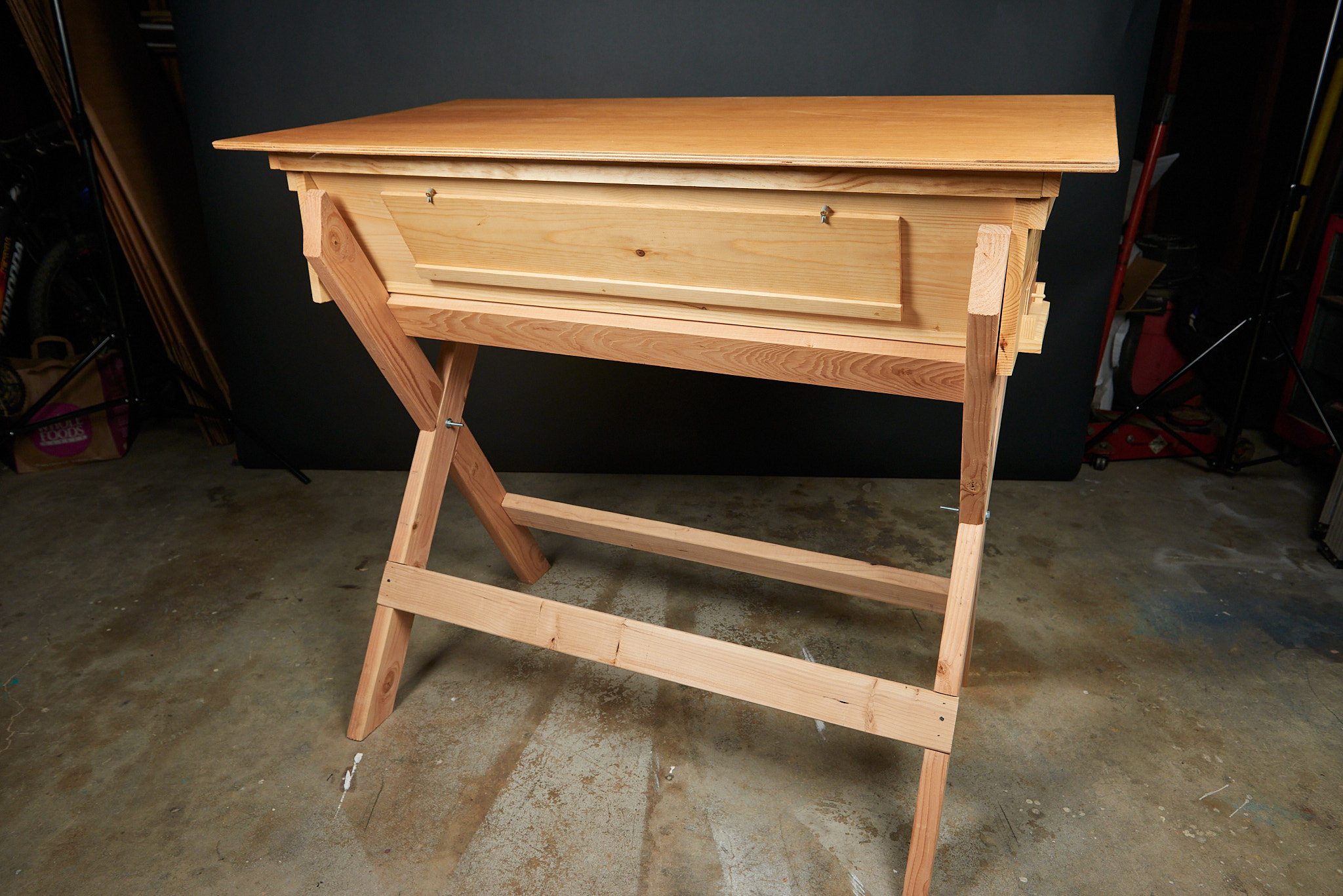This past year (2013) I was introduced to something that I never realized would interest me so much; bee keeping. My wife first introduced me to this passion when we worked with a bee keeper to transfer a hive of bees from our water meter in order to keep DWP from killing them. I never realized how gentle they were until I saw the beekeeper scooping handful’s of bees out of the water meter and into a box while wearing no protective gear. The bees followed along and didnt seem to mind to much as they followed their queen into the box.
This was the moment that my wife decided she wanted to tend bees while I was still apprehensive as the thought of thousands of insects crawling around didnt seem to appealing. Still, I had another idea in mind.
I decided to build my wife a bee hive with the intent of taking time lapse video of life within the hive. In order to do this I would need to build a hive where I could easily attach a camera and lights to monitor the bees over several months. As this was my first hive I began by scouring the internet looking at hive designs, attending group meetings at Honey Love and finally settled on a top-bar beehive as I liked the look of them and I could move the camera down the length of the hive to take the time lapse.
I proceeded to build a 36″ top-bar hive, all the while I was studying bee keeping and researching hive designs. This is when I really opened up to bee keeping. I never had any idea how amazing these small creatures were, nor did I realize how endangered they currently are. I knew I wanted to learn as much about them as possible.
During this time is when I picked up Les Crowder’s book, Top-Bar Beekeeping which I now consider an invaluable guide. While reading the book I decided I wanted to change the dimensions of my hive and make the hive as organic as possible. So I finished the smaller hive and began building a new hive.
The current hive is based on Les’s 44″ dimensions with a 120 degree angle on the sides. The roof is stained slightly darker by boiling eucalyptus leaves in water and applying it as a stain. Finally, I also created my own sealer using organic linseed oil (which I boiled), turpentine and beeswax.
My intent is to publish the plans for the hive on my web site as well as provide detailed information as to how I customized my camera to perform this shot. Then finally after the time lapse is done I also plan to post it here (of course that will take some time).
At the time of this writing the bee-hive is complete, I am working on drawing up the plans so I can publish them and I am finalizing my focal length tests/adjustments on the camera.

